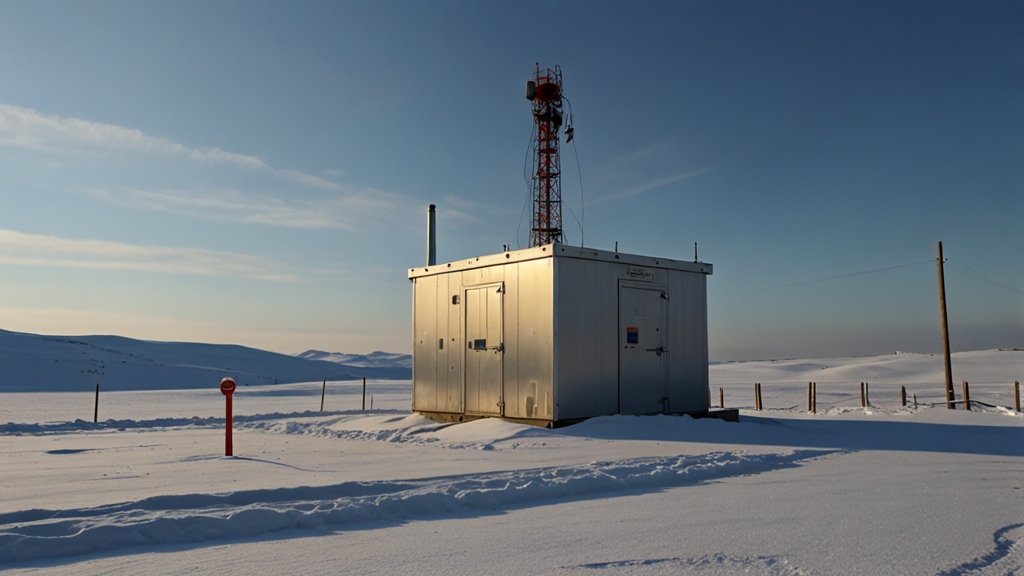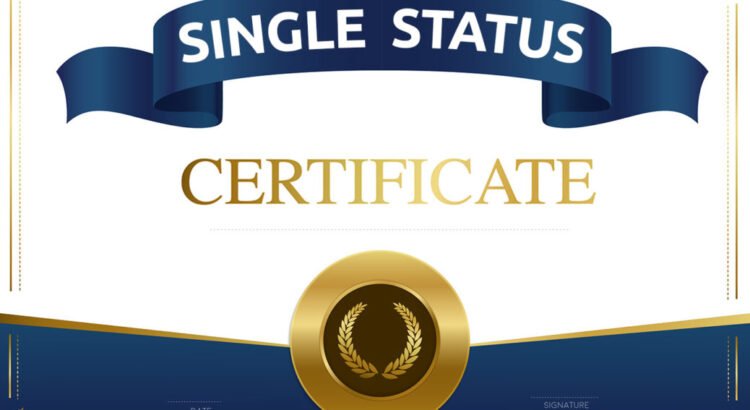Crises have a way of striking when least expected, whether it’s a sudden fire, a health emergency, or a natural disaster. Being caught off guard can lead to panic, chaos, and poor decision-making. Yet, remaining composed, prepared, and resourceful during these moments can make all the difference in minimizing damage and ensuring safety.
If you’re wondering how to handle sudden crises effectively, this guide is packed with practical tips and actionable steps to help you stay in control, safeguard what matters most, and recover quickly.
Understand the Crisis at Hand
Crises come in a variety of forms, often with differing causes and impacts. Whether it’s a workplace accident, a home fire, or an unexpected financial setback, your first step is to understand the nature of the issue before responding.
Act Quickly but Thoughtfully
Time is of the essence in emergencies, but acting hastily without assessing the situation can lead to further harm. For example, if a fire occurs, grabbing the nearest fire extinguisher might seem obvious, but knowing whether it’s suitable for the type of fire (e.g., electrical or grease) can prevent disaster.
Assess the Magnitude
Determine how widespread the crisis is and who or what is at risk. Does the situation pose a threat to human safety, property, or long-term business operations? Answering these initial questions will guide your next steps.
Build a Crisis Response Plan
One of the most crucial mistakes people make is failing to plan before a crisis strikes. Developing a crisis response plan tailored to your home or workplace can save valuable time and reduce chaos when an emergency arises.
Assemble an Emergency Kit
An emergency kit is paramount for navigating crises, whether at home or work. Here’s what yours should include:
- First-aid supplies
- A flashlight with extra batteries
- Non-perishable food and water
- Contact information for emergency services
- A fire safety tool, such as a decorative fire extinguisher, which combines functionality and visual appeal. Remember to place it somewhere accessible yet unobtrusive.
Identify Roles and Responsibilities
For workplaces especially, having designated roles in an emergency ensures that everyone knows who’s handling what. One person could be in charge of evacuating employees, another of contacting emergency services, and another of conducting an incident follow-up.
Conduct Regular Drills
Practice makes perfect, even in emergencies. Conduct routine fire drills, earthquake simulations, or IT security breach exercises to instill confidence and clarity in those involved.
Focus on Communication
Effective communication is key during sudden emergencies. How and what you communicate can be the difference between a coordinated response and complete chaos.
Establish Reliable Channels
Make sure you have reliable communication channels in place. This might include two-way radios for physical emergencies like fires or secure messaging apps for IT-related incidents.
Keep Messaging Clear and Concise
There’s no room for misunderstood directives during a crisis. Use clear, concise language. For example, instead of saying, “The incident is significant,” be specific, like, “We are evacuating the east wing due to a fire.”
Stay Calm Under Pressure
One of the hardest yet most valuable skills during a crisis is staying calm. Fear and anxiety are natural responses, but managing these emotions is critical to thinking clearly and making sound choices.
Practice Grounding Techniques
If you feel overwhelmed, take a moment for five deep breaths or focus on a single grounding statement, like, “I’ve trained for this, and I know the next step.”
Lean on Leadership
Strong leaders are invaluable during emergencies. Look for individuals in the group who can keep morale high, provide direction, and solve problems under pressure. Even simple reassurances from a calm leader can make others feel safer.
Learn From the Experience
Once the immediate crisis is resolved, take the opportunity to reflect. Every crisis brings valuable lessons, and analyzing what worked (and what didn’t) will improve preparedness for the future.
Conduct a Post-Crisis Review
Gather everyone involved and conduct a post-crisis review. Discuss questions like:
- Which parts of the crisis response plan were effective?
- Were there any unforeseen challenges that require a better solution?
- What additional resources or training could improve future preparedness?
Implement Changes
Take feedback seriously and make tangible updates to your detailed crisis plans. This could mean investing in new safety tools, like a user-friendly decorative fire extinguisher, or updating training materials for employees.
Trust Preparation to Keep You Confident
No one can completely avoid crises, but by staying prepared and focused, you can significantly reduce their potential harm. Begin by building a robust response plan, keeping essential tools on hand, and prioritizing communication. With these steps in place, you’ll not only be better equipped to handle emergencies but also empower those around you to do the same.
YOU MAY ALSO LIKE: Prince Narula Digital PayPal: Empowering India’s Creators & Businesses Beyond Borders










